A Birthplace Elegy: Alec Soth’s “Dog Days Bogatá”
Mason Riddle takes in Alec Soth's compelling new photography exhibition chronicling the land of his daughter's birth, "Dog Days Bogatá", at the Weinstein Gallery in Minneapolis through January 12.
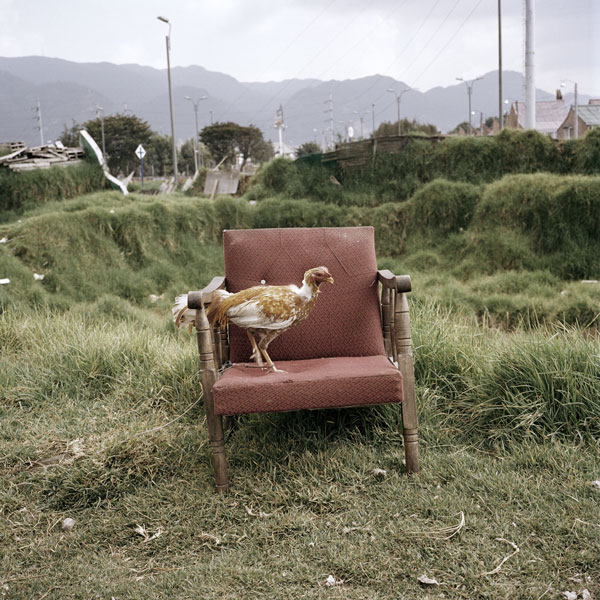


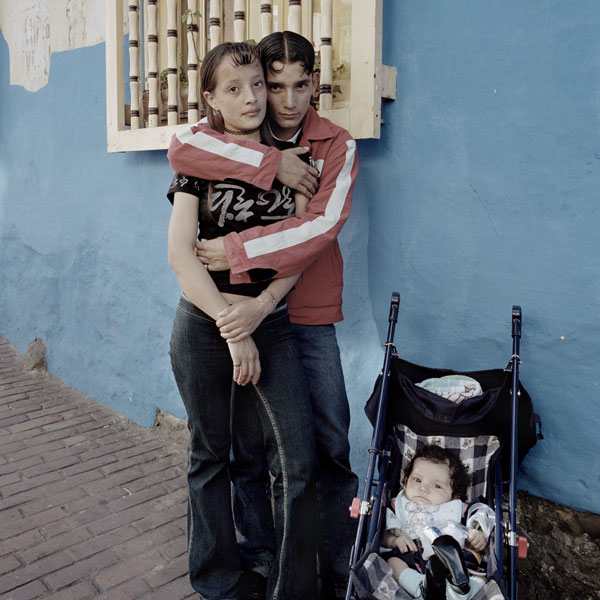
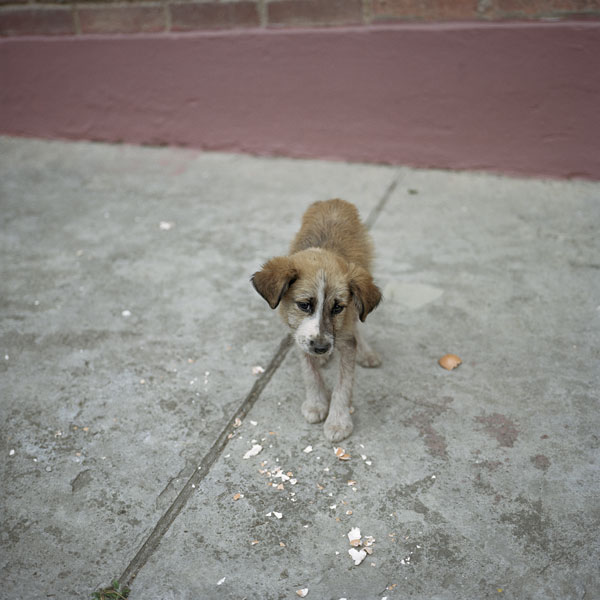

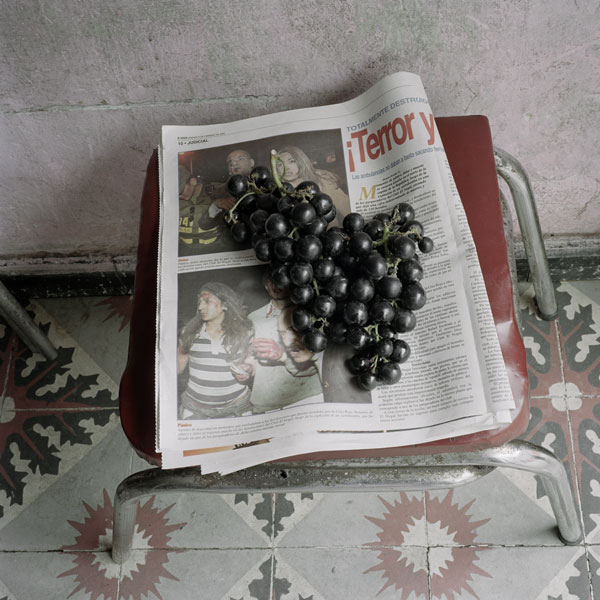


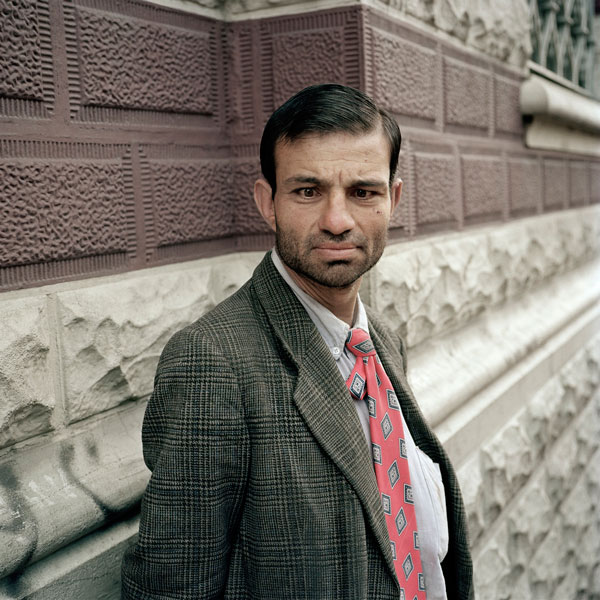
With a characteristically steady eye, Alec Soth has again forged a visually unflinching series of photographs, Dog Days, Bogotá, which was assembled in 2002 when Soth and his wife, Rachel, resided for two months in the Columbian city during their daughter Carmen’s adoption proceedings. The images, without fanfare, quietly puzzle together a benignly harsh narrative that describes an unadorned, elemental way of life. Uneasy and shifting in its gaze, Bogotá is beautiful and unsettling. (A monograph, Dog Days Bogatá, will be published by Steidl.)
Bogatá’s genesis was Soth’s desire to construct a book of images for Carmen, to tell her something of her native city. He envisioned a collection that would complement a book of letters, photographs, and poems given to her by her birth mother. The result is more than four dozen, square-format pigmented ink prints, of which 31 are on view at the Weinstein Gallery in Minneapolis. This cache is something like a cabinet of pictorial curiosities filled with related but unique visual specimens: threadbare interiors, solemn portraits, vacant streets, expansive vistas and, yes, dogs, all of which languish under somber grey skies. Bogatá’s cluttered architecture is as frayed as the rangy pups, which appear alone on sidewalks (as do Soth’s human subjects), as sentinels on a rooftop or window sill, or lounging on the precipice of Cerro de Montserrat, a trampled spiritual site with dramatic views overlooking the city, coveted by human and canine alike.
The more one looks, the more penetrating and detailed is Soth’s gaze. This is a methodical, composite portrait of a place, a study where much of his subject matter is found rather than manipulated, although little is left to chance. The human portraits are highly calculated but understated; the subjects seem barely to breath. Irony happens. A large, variegated-plumed chicken stands on a rust-colored armchair in an undulating field of green grass. A painting of a dog, hung on a column, is illuminated by a naked light bulb as if it were Jesus. Humans and dogs find it equally difficult to look into the camera, suggesting they are only there because they have been asked. A stucco wall peels; another is edged with glass shards like a prison fence.
A lineage of references to 20th century art and various photographic genres, from the Humanists to Paul Strand, seeps into Soth’s photographs. A dramatically lit image of a canine poised in front of a stone wall is so austere and beautiful that it seems heir to a fashion or celebrity portrait by Irving Penn. In another, an empty street carefully painted with a large image of Santa Claus and flanked by shuttered buildings, zooms to the distant Montserrat, recalling a latter-day Magritte painting with its sharp perspective, absence of people and noiseless sky.
Undeniably, a respectful uninflected malaise permeates Soth’s images. They are at once detached, yet personal in a way not evident in his earlier series such as Niagara. These photographs show us Bogatá in 2002 but, more critically, they show us how Soth sees Bogatá. With care, he has deconstructed the city from a singular point of address—that of a highly invested visitor. These are not indifferent documents, or really even “decisive moment” images but, rather, thoughtful planned evidence of a deeply personal event.
Indeed, Soth’s unblinking images are a compelling, if not poignant, visual record of Carmen’s birthplace. The palette is muted. The people silent. The largely joyless images seem hermetically sealed, yet give grace to their protagonists. But surely there is joy somewhere in Bogatá? A bar with food, music and dancing? This is a side of Bogatá that Soth has chosen not to reveal. Rather, these images are grounded in memory, loss, passage—and the future. In the end, Soth’s Dog Days, Bogatá is less a descriptive travelogue of the city of his daughter’s birth, and more a personal construction of a place, an intimate philosophical journal mirroring the conflicting emotions of the experience and, perhaps, the artist himself.
About the writer: Mason Riddle is a critic and writer on the arts, architecture, and design. She is the current president of the Visual Arts Critics Union of Minnesota.
What: Alec Soth: Dog Days, Bogatá
Where: Weinstein Gallery, Minnneapolis, MN
When: Exhibition runs through January 12, 2008